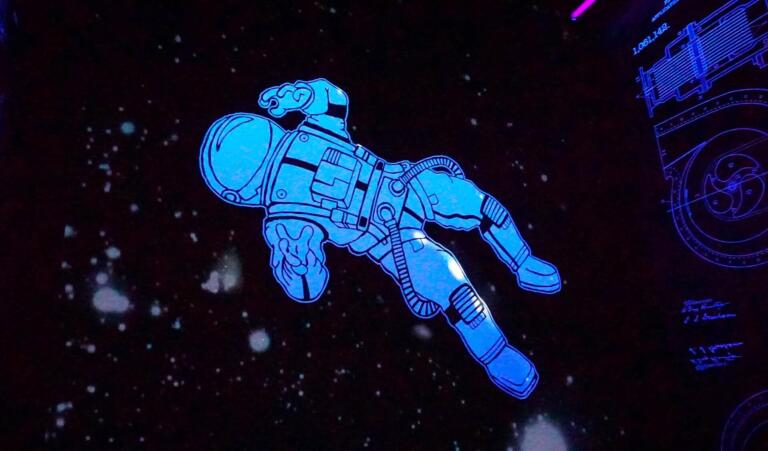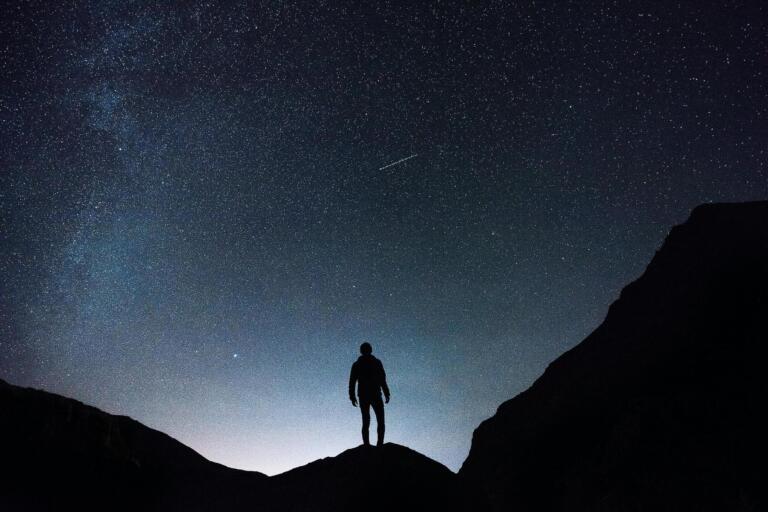The closest star to our planet is the sun and it casts out radioactive winds, but the heliopause also spews such radiation. Luckily, our planet stands in a perfect spot from the sun. Too little or too much of the sun’s influence can be deadly. Solar winds come to mind and the havoc they wreak on the technology we rely on.
On the outskirts – what is the heliopause?
Outside the solar system, many millions of stars, brighter and hotter than ours, fling out radioactive solar winds. These winds interact with each other and it looks like our sun is exerting some protection from outside cosmic winds. It is clashing at the edges of the solar system.
Light and solar wind are different from each other. Light only travels through space and it gets weaker the further it goes. Solar winds travel through that same space, and it interacts with it by pushing particles and gases away and makes a bubble around the area it encompasses.
At the outskirts of this border is the heliopause, described as a hot thick wall of plasma. Here is where our sun is fighting against the interstellar medium.
Voyagers beyond the border
In 2012, Voyager 1 satellite passed through the heliopause. In hoping to analyze this barrier, but its sensors malfunctioned, so it was unable to get any data. Voyager 2 made the same journey and in 2018. It crossed the border of the heliopause with sensors intact.
It recorded temperatures of 31 000 degrees Celsius, which is far hotter than predicted. The thick plasma barrier of the heliopause is not perfectly smooth and it has holes that permit comic radiations to seep through. Two such holes were detected by Voyager 2, as the radiation levels spiked.
The satellite traversed the heliopause in about a day. It is the second man-made object to escape the solar system, along with its younger brother Voyager 1.
Interstellar medium
Beyond the heliopause lies the interstellar medium, and what we call empty space. It is far from empty as hydrogen and helium clouds are found there along with heavy elements like carbon, mingled with dust.
This entire mosaic of elements is not uniformly spread out in the interstellar medium and is constantly moved around or influenced by faraway solar flares from supernovas and solar storms. We could call this the fabric of the universe, as they move around, collide and compress to make new stars and planetary objects.
The dangers of space are still many and hidden. Piece by piece they are uncovered and studied, while new mysteries come in their wake. The heliopause is one such mystery that sparks curiosity among theoretical physicists, and seeing as only two satellites have gone through it will require more future study.



Leave a Comment